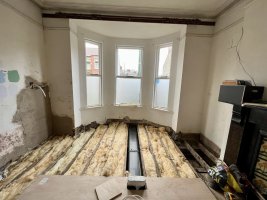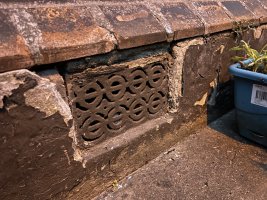JunglieD
VIP Member
I’m currently researching which ~80cm induction hob with integrated ventilation to buy. This is to be used within a new kitchen island our fitter will install - I’m fortunate to have option for either vented (exhausting the fumes externally) or recirculating (via filter and kickplate). However, the amount of information online is varied to say the least given these are perhaps not widely adopted in the market. If anyone has one, I’d love to hear your feedback, recommendation, warnings etc from the trusted Cali Community. Few areas I’m interested in:
- which uses less space beneath the unit; vented or recirculating type?
- any standout brands to choose or avoid. Currently keep returning to Neff or Elica NT ranges?
- anything you wish you’d known before taking the plunge?
- which uses less space beneath the unit; vented or recirculating type?
- any standout brands to choose or avoid. Currently keep returning to Neff or Elica NT ranges?
- anything you wish you’d known before taking the plunge?




















